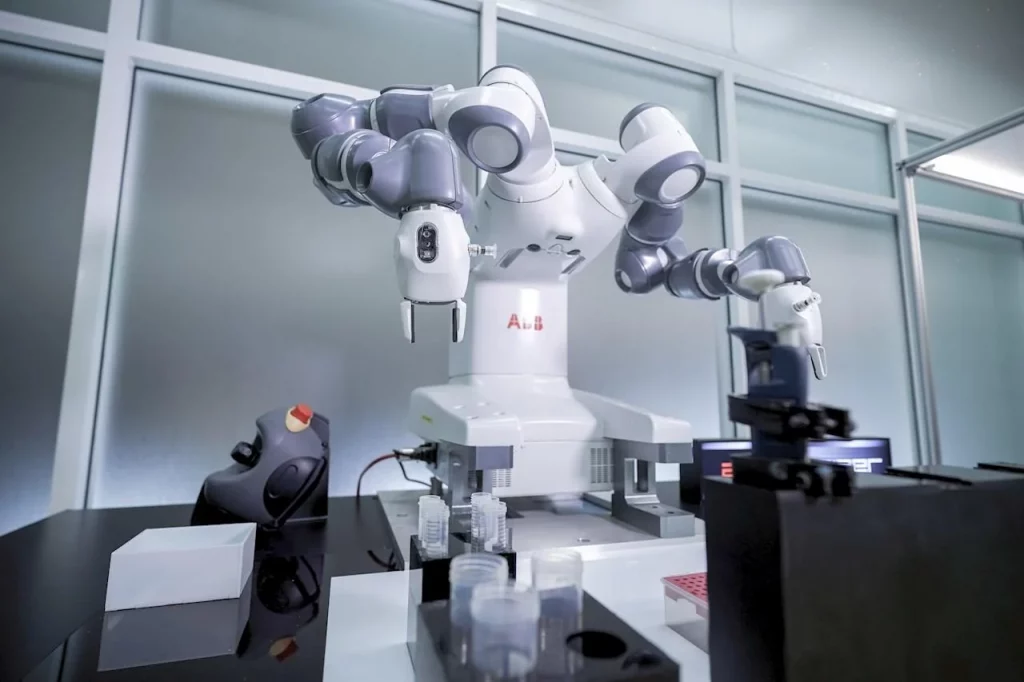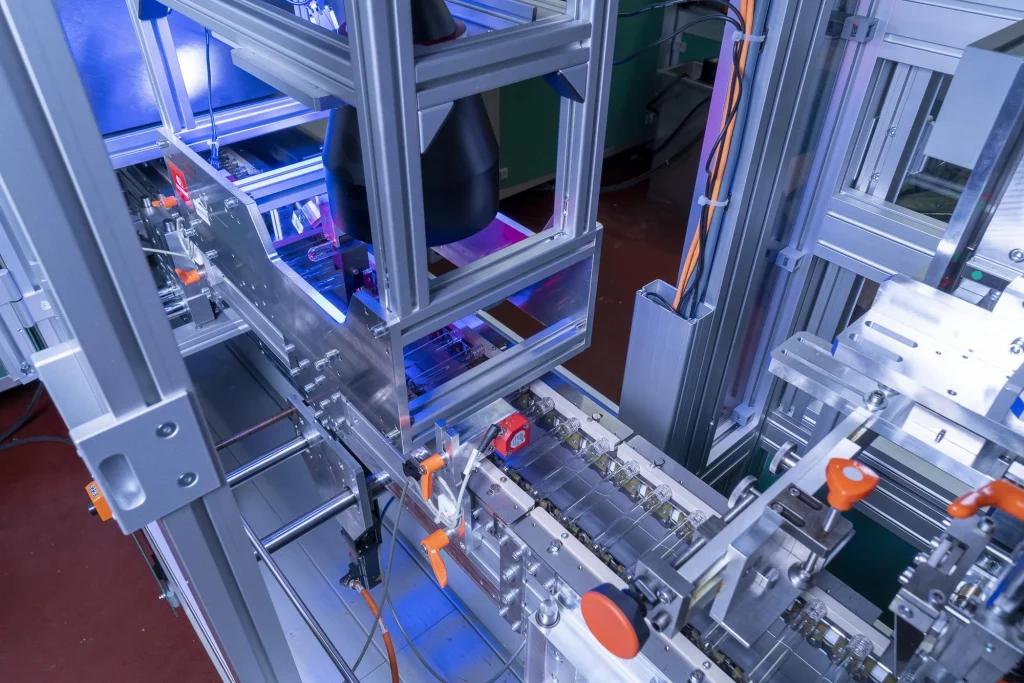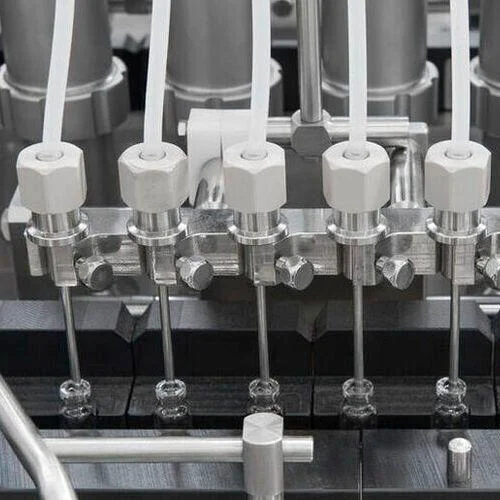It’s no secret that the operation to develop a COVID-19 vaccine has been a challenging task. With the rapidly increasing rate in which the virus spread, it was a real race against time for researchers, scientists and manufacturers alike. Under normal circumstances, a vaccine can take between 10 and 15 years to develop, so the creation of the COVID-19 vaccine in under one year is no small feat.
Amid the surge of global cooperation that sparked since the start of the pandemic, many countries rallied together to find quick and efficient solutions for vaccine research and distribution. The pressure was on for scientists and researchers to find a safe and trusted solution to the pandemic and once that had been achieved, the spotlight was turned to production. The expectations were to produce large quantities in a short period of time, all whilst maintaining the highest quality standards.
One particularly helpful solution for the manufacturing and distributing of the vaccine was the use of automation. Automation is used for mass production in almost every industry and as it’s known for bringing speed, efficiency, and accuracy to any process, it was certainly not out of place in this time-sensitive and large-scale project. Here are 3 ways automation and robotics were used in the development for a COVID-19 vaccine:
Robotic testing and sample mixing
In Thailand, a collaboration between the Faculty of Engineering at Thailand’s Mahidol University and the Institute of Molecular Biosciences saw the creation of a robotic system that handles the complete human immune neutralization testing process. It mixes and tests samples of the COVID-19 virus with different antibodies to create a vaccination formula and the process is then repeated in order to test reliability. This automated and robotic system not only supports and liberates researchers, but also ensures consistency and accuracy, leaving little room for human error which could be detrimental to the progress in the fight against the pandemic.

Quality control of vaccine dials
Glass vials are used for the storage and transfer of any vaccine and around 50 billion are produced every year. Medical-grade vials are made with glass borosilicate, a type of glass that is more resistant to thermal shock, requiring customised production lines. Maintaining quality standards here is vital as the slightest interference or damage to a vial could affect the vaccine inside it.
Automated systems with high-performance cameras are used to inspect the dimensions and surfaces of vaccine vials. Using high resolution cameras, the inspection system measures with an accuracy of 0.01 millimetres and detects defects such as scratches or cracks with an accuracy of 0.1 square millimetres. Inspection takes place at various points in the production line so as not to overlook any fault. This system and its reliable software ensures that the vials meet their product specifications and quality requirements.

Robotic vial filling
Automation is still present in the next stage of production. One pharmaceutical company used a robotic vial-filling machine for their production line. The machine uses robotic arms to reach its filling capacity of up to 6000 pieces an hour, ensuring both accuracy and speed in the production line. It also uses a net weight filling system to prevent errors in dosage. This automated production line once again provides uniformity, consistency and speed to a highly time and quality sensitive operation.

Measuring and sampling in 3D
Scorpion Vision offers high-performance vision-based inspection systems that can be interfaced to robots for highly effective inspection automation. Scorpion Vision provides advanced systems for more complex applications. These typically require 3D camera systems to locate an object in 3D space and these can be used to measure to a high level of accuracy in 3 dimensions, with the ability to also verify and measure texture, colour and other characteristics on a repeatable basis for both quality control and traceability.


